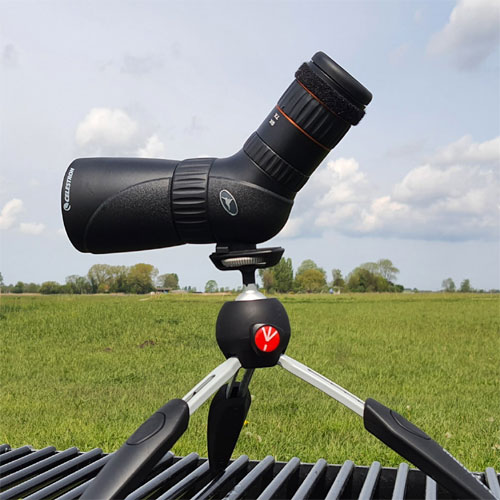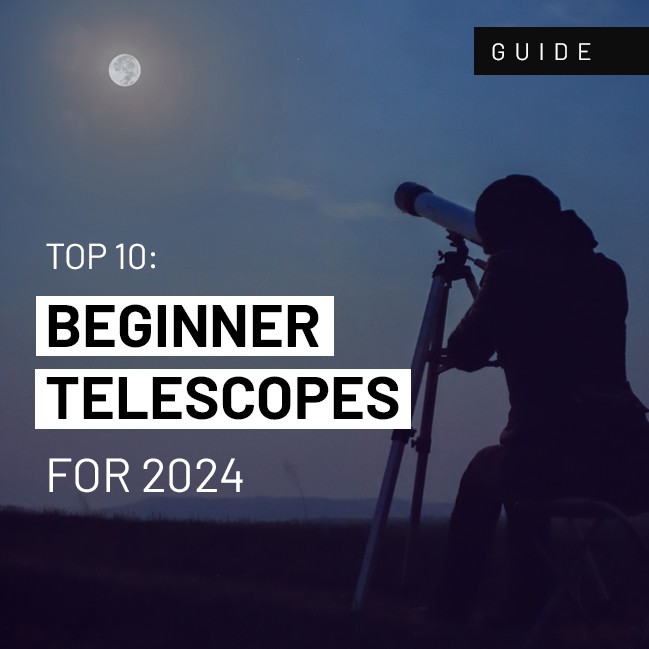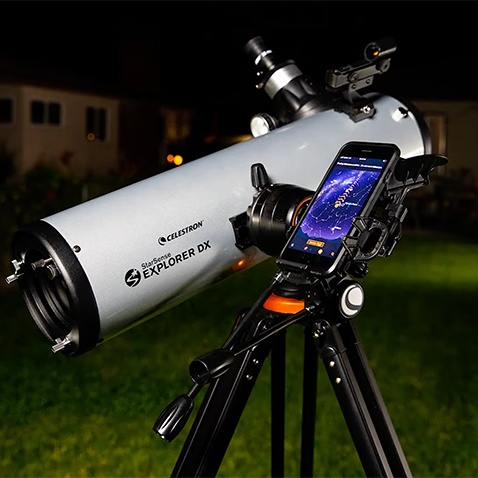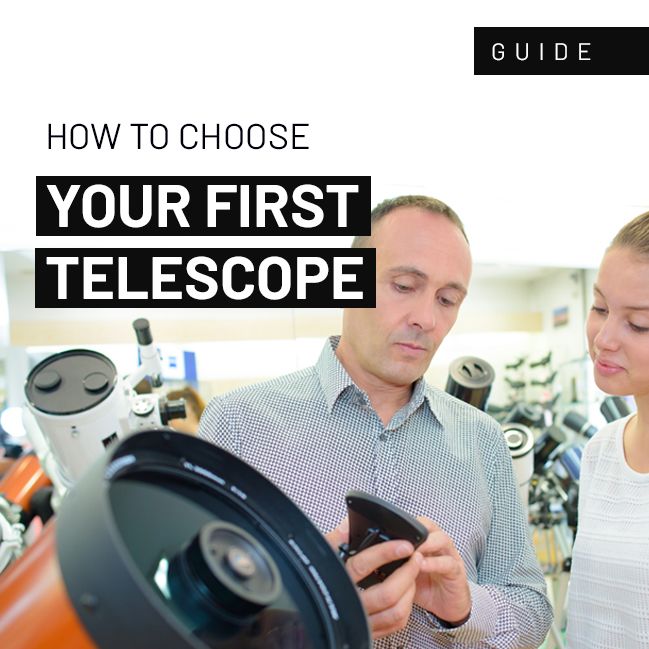Review of Celestron Hummingbird 9-27x56 ED Angled Spotting Scope16 July 2021 | Admin
This all changed when I discovered the small and friendly-priced Celestron Hummingbird spotting scope. There are different versions on the market, like the 9-27x56 (9 to 27 times zoom with 56 mm outer lens diameter) and the 7-22x50 (7 to 22 times zoom with 50 mm outer lens diameter). Featuring a straight or an angled eyepiece, they both are also available with ED glass (Extra-low Dispersion), which means the glass is treated to minimize chromatic aberration (see this article about chromatic aberration on Wikipedia for an explanation : ) I decided to go with the 9-27x56 ED, featuring the angled eyepiece. This version of the Celestron Hummingbird scope is naturally subject to my review. Because I was used to my binoculars, the handling of the Hummingbird took me some practice getting used to. Not only because binoculars aren't equipped with angled eyepieces, but since you have to focus again every time after zooming in or out, the handling of the spotting scope is a little trickier. Nonetheless, I was able to spot and follow a distant plane in the sky on one of my first occasions with the Hummingbird. Tracking your targets in the distance can be a little difficult. The trick is to zoom out completely to make spotting whatever you look for easier, then zoom in on your target, followed by adjusting focus again. From about 3 metres away, the scope is also suitable for zooming in close on small objects, like insects and flowers. The Hummingbird provides crisp and clear images, although the further you zoom in, the less bright the image becomes. In low light conditions, the scope performs surprisingly well, but performance decreases at higher zooming magnification. At maximum zoom, it is somewhat difficult to focus, and a little distortion may be visible. 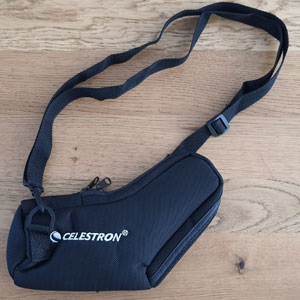 The Hummingbird comes with a carry case, but the 56 mm version barely fits in. Instead, I prefer a shoulder strap for DSLR cameras. That way I always have my scope at the ready, without having to get it out of the case first. The shoulder strap also prevents the scope from dropping to the ground. There aren't many downsides to the Hummingbird I can think of, besides maybe the eyepiece lens cap, which sits too loose. It falls off whenever I put the scope in my pocket or, for example, when walking too close to shrubs, scratching against the scope. All things considered, the Hummingbird has become my favourite travelling companion. The portability and lightweight make it barely noticeable on long walks, especially when the shoulder strap is attached. Without it, it's even small enough to fit inside my pocket. - View all Spotting Scopes
|
